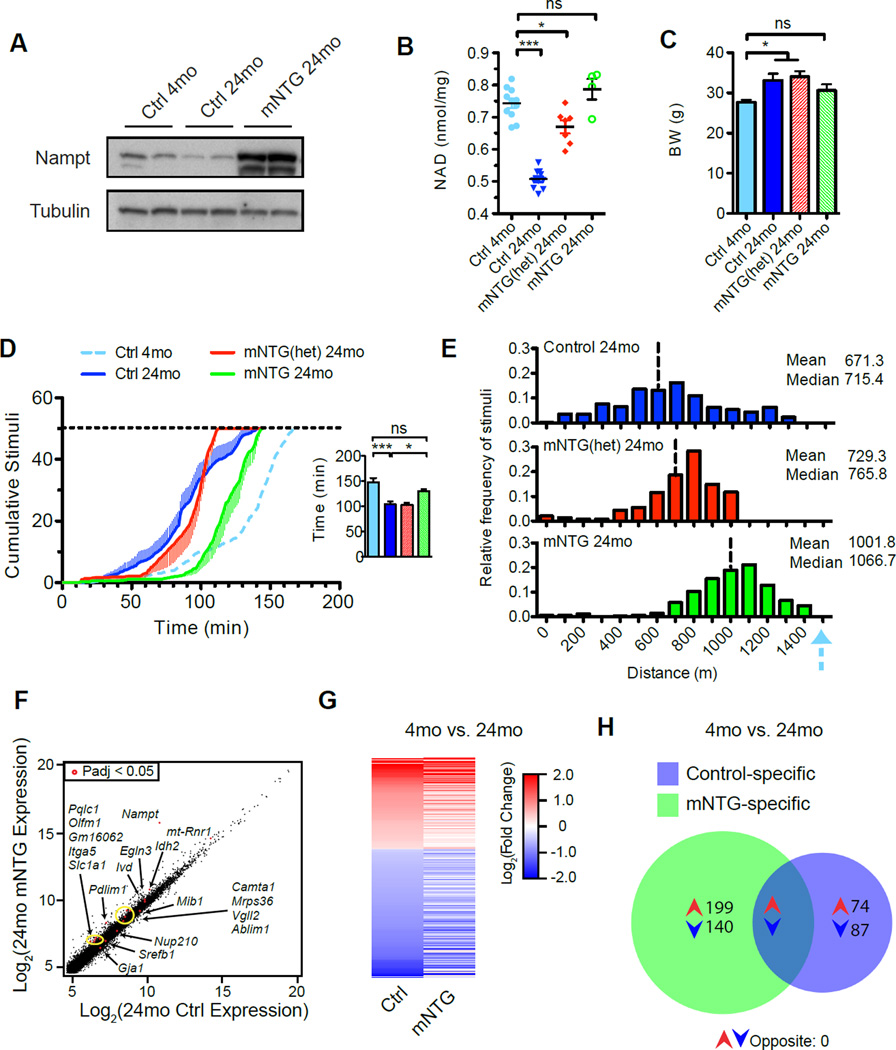Figure 7. Lifelong elevation of muscle Nampt expression increases exercise capacity of aged mice.
A, Expression of exogenous Nampt protein persists in muscle until 24 months of age.
B, Age-related alterations in intramuscular NAD content assessed in gastrocnemius muscle of 4-month-old (4 mo) and 24-month-old (24 mo) mice with one (mNTGhet) or two (mNTG) copies of the Nampt transgene (n=4–11).
C, Body weights of old mice were moderately affected by the transgene (n=7–14).
D, Treadmill performance in 24-month-old mice. Horizontal dashed line indicates the exhaustion threshold. The blue dashed line indicates the performance of young control littermates. Inset: time elapsed at the point of exhaustion (n=7–14).
E, Histogram and descriptive statistics of stimuli received by group and binned by running distance at the point of exhaustion, as described in D. Vertical dashed lines indicate group means. The blue arrow indicates the mean running distance of young control littermates.
F, Correlation plot representing RNAseq gene expression profiling in quadricep muscle in 24-month-old mice (n=3–5). Labeled red dots indicate significant differences in expression (Padj, adjusted p-value) with associated gene names indicated.
G, Heatmap of relative gene expression reveals negligible impact of sustained NAD salvage on transcriptional programs of muscle with age. Genes in mNTG are presented based on significant differences in expression between controls aged 4 vs. 24 months.
H, Overlap in differentially regulated genes of control and mNTG muscle between 4 and 24 months of age. There were no significantly opposing transcripts between the genotypes. Young control data are reproduced from previously published results (Frederick et al., 2015). Error bars represented SEM. Significance was determined by one-way ANOVA with Tukey’s post-hoc test (ns, not significant, *p<0.05,***p<0.001). Mice were male of respective ages. See also Table S2.

